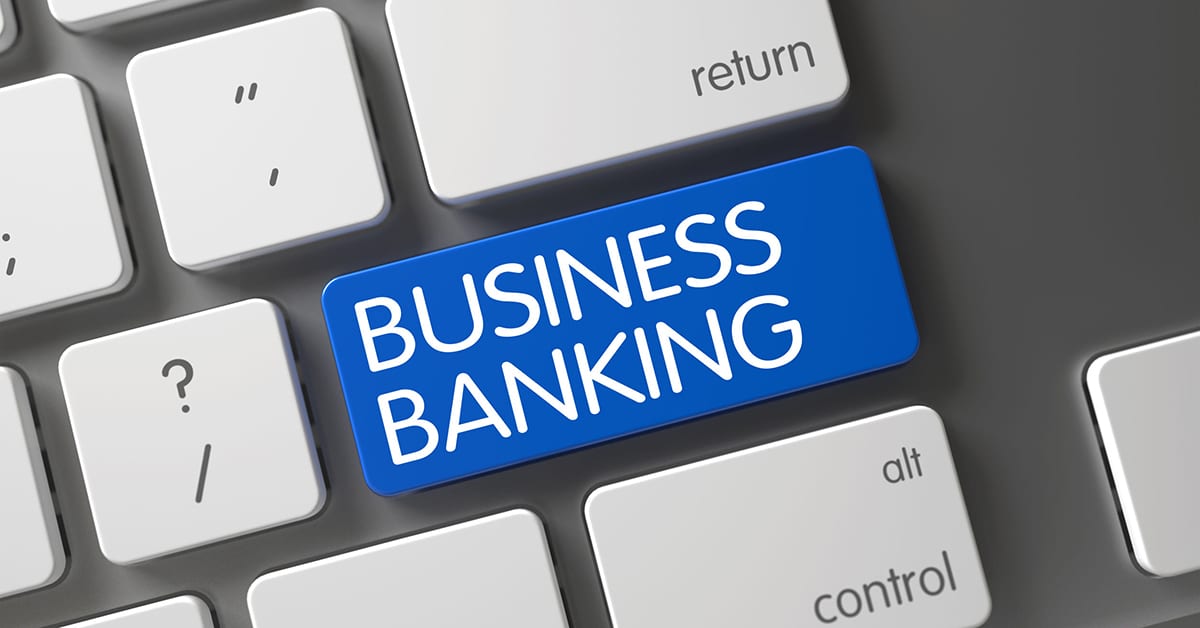First and Second Waves
In a rapid economic downturn, bad news comes at SMEs in three waves. The First Wave is the direct impact on your business. With COVID this could mean that you or your team become ill or the state deems that your business is “non-essential” and shuts down your office, restaurant, hotel, or hair salon. Next comes the Second Wave, which is the impact on your customers and vendors and their supply chain. The Pandemic may have left you be but, if your main customer is in office building maintenance you might have to change your business plan. If you cannot get raw materials because of international sourcing, you can not make the sale. We have already experienced these issues. They are painfully obvious to many business owners right now. If you are a business owner, hopefully you have weathered these storms and figured out how to make money under current conditions. Or maybe a PPP Loan or other government program has given you the liquidity to dodge the bullet up to now.
Third Wave
So now we come to the Third Wave of economic impact. If you are a business in debt (or in need of it), that money is not going to be as easy to find as it has been for the last 11 years. Why? Banks are risk adverse, (no news there) and they should be. US banks lend out money at some of the lowest rates in the world. To do that successfully they have to be fairly certain they are going to get paid back, so they keep careful track of their portfolio of loans. And even if they were inclined to take more risk, there are bank regulations that keep them from stretching too far.
Bank Risk
The bank is basically looking at two different kinds of risk – the specific risks attached to your company and the general risk inherent in the composition of their loan portfolio. The specific risk of your company’s financial health is straight forward. If your business has a bad financial event, say a large customer goes bankrupt, when the economy and (presumably) the bank’s loan portfolio are good – they have flexibility on how to work with you. They can look at the strength of the continuing business and consider your plan to get back on your feet over time. You probably failed some loan covenants, but the bank will consider waiving them, because the rest of their overall portfolio is not significantly impacted by your bankrupt customer.
When the issue is a broad general risk to the economy, the bank is in a much weaker position and therefore less likely to be able to help. Their entire loan portfolio is in question. This general risk can be summed up in one word – Uncertainty. Uncertainty in their loan portfolio, forces a cautious banker to look twice before taking any risk. And ANY new loan or loan renewal has risk. Additionally, the current economic facts are not good. Also, to make things seem worse we have just finished an exceptionally good 11-year economic run where the growing economy hid any issues that optimistic credit might allow. Getting loans from banks was easier than average.
Timing is Everything
It has been eight months since we started dealing with COVID, what has changed that would make the banks start tightening this November? The answer is the timing of typical bank information requests. Many banks require their clients with loans to send in financial information and in some cases meet certain requirements or “covenants” on a quarterly basis. For companies with a 12/31 calendar year end the last such quarterly deadline was 9/30/20. The banks typically give their customers 30 to 45 days to get their quarterly information in for review.
For the third calendar quarter that deadline is occurring over the next few weeks. This third quarter is the first quarter in the pandemic where there was not a significant government bailout. If these reports bring bad news, as many believe, the banks will be faced with a deteriorating loan portfolio, increasing their risk, forcing them to shore up their required cash reserves and reducing their ability to loan money. The very uncertain nature of the COVID pandemic on the economy makes it worse. We have never experienced this before, so there is no road map to look at to see what happened last time.
So, What Does That Mean to Us?
It means that your next loan renewal is probably not going to be rubber-stamped. The bank is probably going to be asking a lot more questions about things they have not pursued in years. If they have issues in their portfolio surrounding an industry, they might not be interested in renewing any business in that industry regardless of how well the company is performing. Some banks will back off offering loans to new customers until “things shake out”. Obviously, this makes it harder to find a new bank if your current bank does not renew your loan. It is lining up to look like a tough time to be looking for a business loan.
So, What Can a Business Owner Do About It?
First, let me say that every bank is different and your relationship with the bank might be fine. What I am emphasizing is that you should not assume everything is OK because of the past. The rules may have changed at your bank, get in front of any issues you might have.
- Talk to your bank and ask where they stand in general and in your industry.
- Read your loan documents and see where you sit with any covenants that you are required to make. These documents are the “rules” and you should understand them.
- Come up with a plan for your “new normal” and put it into a projection. If it does not work on paper – it probably will not work at all. Make sure that plan shows the bank that you care about paying them back. Communicate your plan to the bank. Reducing the specific risk around your business helps the bank reduce its uncertainty.
- Do not assume that you can continue to take money out of the business for distributions, high salaries, or new assets in excess of what the plan shows you need. Cash is king when things are tight and your bank will not look kindly upon use of loan proceeds for things they were not intended for as stated in the loan documents.
- If you need help, seek out a trusted financial professional familiar with lending.
As always, if you are proactive and have a plan you are more likely to be successful. Understand that the general economy may have a big impact on your bank relationship. So, control what you can.






